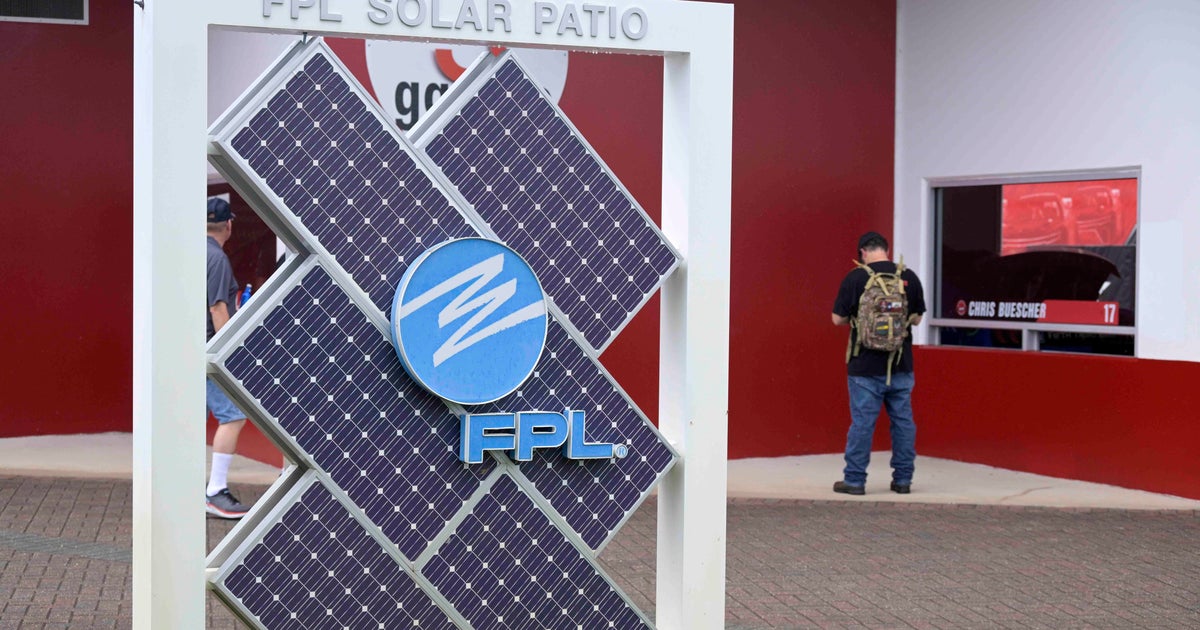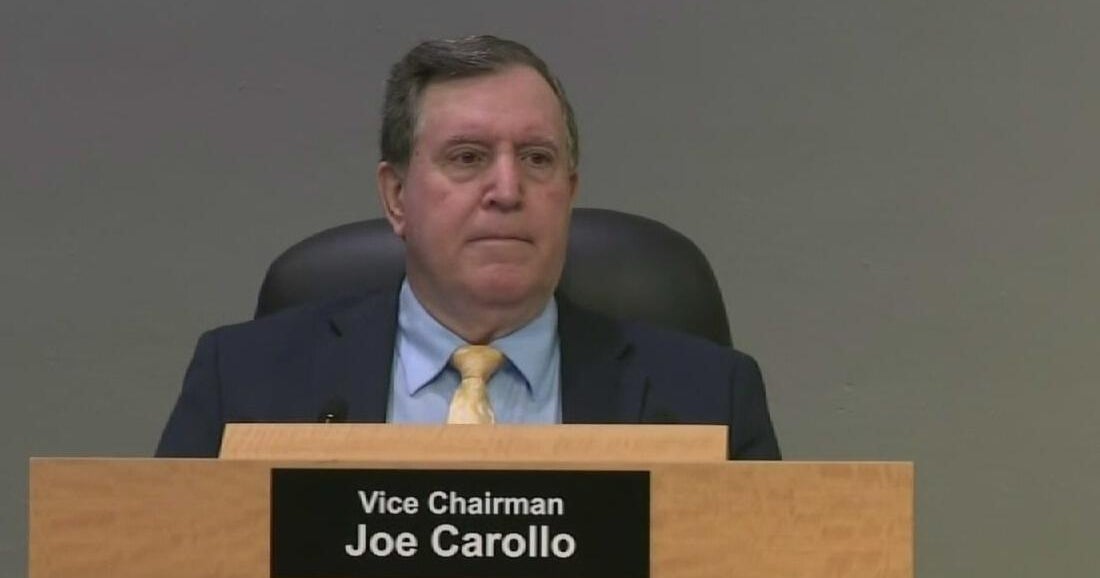State regulators on Thursday approved a rate settlement that will lead to Florida Power & Light customers paying billions of additional dollars in the coming years, though opponents said they expect to fight the plan at the Florida Supreme Court.
The state Public Service Commission signed off on the four-year settlement, which FPL reached with numerous businesses and groups. The settlement is expected to lead to base-rate increases of $945 million in 2026 and $705 million in 2027. FPL also would collect additional amounts in 2028 and 2029 for solar-energy and battery-storage projects.
The settlement involves a wide range of financial and technical issues, and some commissioners acknowledged concerns — what Commissioner Andrew Fay described as “heartburn” — about parts of the plan. Still, they supported the overall agreement.
Commissioner Gary Clark spoke most strongly in favor, calling it a “balanced resolution” of the rate case and saying it is in the public interest.
“It results in fair, just and reasonable rates,” Clark said. “The bill impacts are very reasonable for all customer classes (different types of customers).”
In a statement after the vote, FPL President and CEO Armando Pimentel described the approval as a “win for our customers and a win for the entire state.”
“Today’s vote enables FPL to continue to deliver some of America’s most reliable electric service and meet the needs of our fast-growing state — and we project will keep customer bills well below the national average through the end of the decade,” Pimentel said.
But the settlement drew opposition from the state Office of Public Counsel, which by law represents utility customers, and several consumer groups that intervened in the case. Attorneys Bradley Marshall and Robert Scheffel Wright, who represent consumer groups, said they expect a legal battle ahead.
“I certainly think that this case will wind up in front of the Florida Supreme Court,” said Marshall, who represents Florida Rising, the League of United Latin American Citizens of Florida and the Environmental Confederation of Southwest Florida. Wright represents the group Floridians Against Increased Rates.
How FPL’s settlement affects customer bills
Utilities commonly use monthly bills for residential customers who consume 1,000 kilowatt hours as a benchmark. In recent years, FPL has also had different bill amounts for customers in its traditional service area and former Gulf Power customers in Northwest Florida.
Under the settlement, residential customers in the traditional FPL territory using 1,000 kilowatt hours a month would see their bills rise from the current $134.14 to $136.64 in 2026, with additional increases projected for 2027, 2028 and 2029.
Northwest Florida customers using the same amount of electricity would see bills drop from the current $143.60 to $141.36 in 2026 before increasing in subsequent years.
The Office of Public Counsel and its allies have said the settlement could lead to cumulative increases of about $6.9 billion over four years.
FPL reached the settlement with the Florida Industrial Power Users Group; the Florida Retail Federation; the Florida Energy for Innovation Association; Americans for Affordable Clean Energy; the Southern Alliance for Clean Energy; Walmart Inc.; EVgo Services, LLC; Circle K Stores, Inc.; RaceTrac Inc.; Wawa, Inc.; Electrify America, LLC; Armstrong World Industries, Inc.; and federal government agencies. The commission, however, ruled Thursday that the Southern Alliance for Clean Energy had not properly established legal standing.
FPL has been operating under a rate settlement that expires at the end of this year. It filed an initial rate proposal in February but announced in August that it had reached agreement on the settlement approved Thursday.
Opponents say return-on-equity target remains too high
FPL’s initial proposal sought increases of $1.545 billion in 2026 and $927 million in 2027, along with costs passed through in 2028 and 2029 for solar and battery projects. The Office of Public Counsel has said that plan would have cumulatively added $9.8 billion to customer bills over four years.
The commission held a two-week hearing in October on the initial proposal and the settlement. While the settlement reduced the total dollar amounts FPL sought, opponents argue it would still result in exorbitant increases.
One contested issue is FPL’s allowed “return on equity,” a key measure of profitability. The settlement sets a 10.95 percent return on equity, which opponents say is too high.
Commissioner Gabriela Passidomo Smith on Thursday called the return-on-equity question the “big kahuna.”
“In and of itself, I don’t love this ROE,” she said. “But evaluating a proposed ROE cannot be reviewed in a vacuum and neither can a single component of the settlement agreement.”
Passidomo Smith, an attorney, said that after reviewing evidence in the case and considering other elements of the settlement, she was “comfortable” the proposed return on equity meets legal standards.



